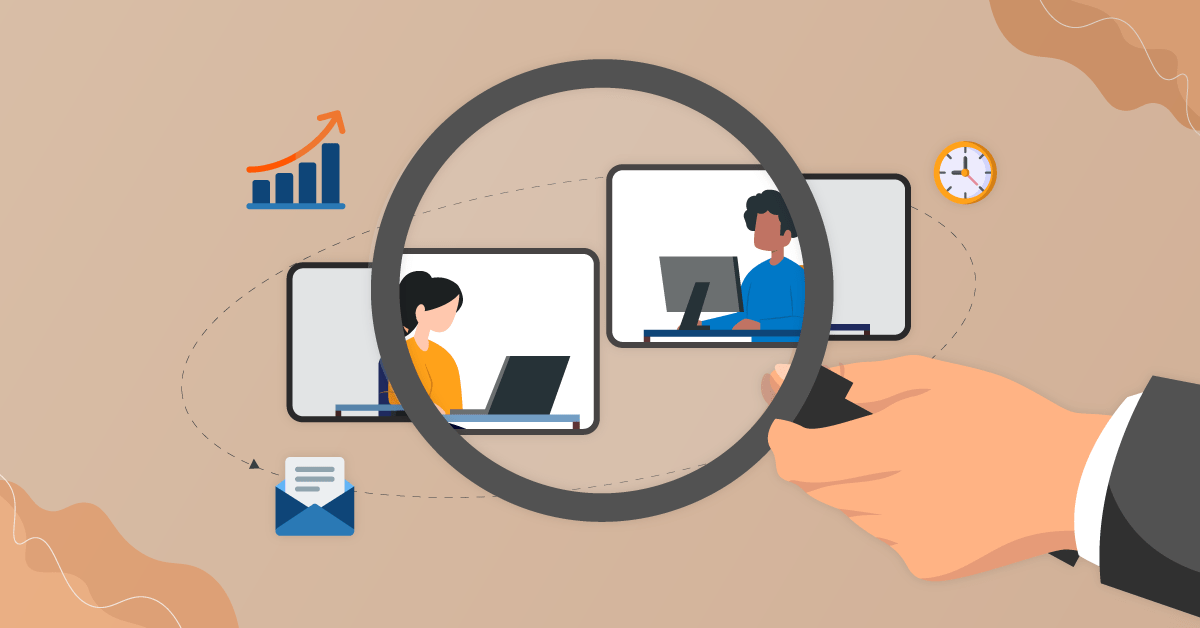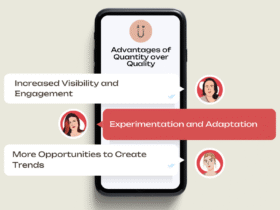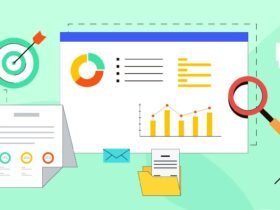Increasingly sophisticated employee monitoring software systems are driving the evolution of employee structure culture in 2025. Businesses need to find solutions that augment productivity, increase responsibility, and integrate seamlessly into a hybrid or remote work setup. Real-time monitoring allows organizations to gain insights into activities and workflows and enables employees to manage their performance. Fostering transparent monitoring enables ethical workforce management, unlike intrusive surveillance monitoring, where extraordinary measures are needed to gain trust. The marketing zenith of transparent employee monitoring signals introduced more trademarked solutions than ever before. Not only does this article outline the effect of transparent employee monitoring, it merits, essential features of monitoring programs and best practices for deployment, but also how transparent monitoring systems revolutionize modern workplaces.
What is Transparent Employee Monitoring?
Transparent employee monitoring is gathering information about employee activities while communicating the purpose and methodology of such activities. Application usage, desktop applications, or even physical location for mobile workers are important for the industry. A monitoring strategy that merges AI-powered analytics is revolutionizing modern known systems offered by service providers to allow a firm to monitor relevant parameters and give feedback in constructive action (programmable) rules. In this way, organizational effort will mutually execute to further satisfy performance monitoring thresholds. AI does all optimization for set targets and autonomous data actions, collecting feedback and worker actions assigned to subordinate objectives or mere organizational goals.
An ideal case is the Controlio software. Controlio offers real-time tracking, productivity measurement, and reporting features. Employing transparent monitoring enables employees to know how and, more importantly, why their actions and activities are being tracked so as to nurture collaboration and trust in hybrid or remote work situations.
Advantages of Open Transparent Monitoring
Open or transparent monitoring comes with several positive impacts that aid in improving productivity and success at the organization. The benefits include:
- Optimal Resource Allocation: Analyzing relevant data helps managers understand how long tasks take and which resources are used, enabling them to make better decisions regarding processes and resource allocation.
- Enhanced Productivity: Monitoring helps to focus employees’ attention on more important tasks by identifying non-work-related activities that are undertaken in excess.
- Reliable Self-Reporting: When employees are monitored, they can be trusted to take responsibility for their work based on transparent tracking to help achieve deadlines or even go beyond what others have already set as goals.
- Business Help: Monitoring helps to ensure that remote workers are as productive as their counterparts who work in the office.
- Trust and Morale: Telling employees the monitoring policy builds trust that positively raises morale and improves teamwork at the organization.
For these reasons, monitoring employees without hiding techniques will be important for organizations come 2025.
Characteristics of Employee Monitoring Systems
The best employee monitoring software utilizes both advanced features and ease of use to increase productivity. Important features to focus on in the year 2025 include the following:
- Application Monitoring: Supervising the use of apps, active windows, and computer interactions, which provides real-time insights into performance, is possible through real-time observation.
- Time Tracking: Step-wise time accounting for various tasks or projects aids in better management and planning of organizational resources.
- Performance Metrics: Provides ratings based on the completion of tasks and actual working time. Trends in productivity are determined.
- Activity Monitoring: Automatically captures images of the screen that can be masked or blurred to conceal sensitive information or personal data privacy.
- Report Creation: Provides relevant individuals or groups customized reports that aid in monitoring for better decision-making.
- Add-ons: These are interfaces with other sets of software or tools such as Slack, Asana, or CRM tools for better productivity workflows.
Apps such as the Controlio tool provide all of these features, giving employers full control over employee monitoring and productivity improvement.
Best Practices for Employee Monitoring
Having absolute control over every facet of employee monitoring software may limit trust between a company and its employees.
- Assured Monitoring Scope
Inform employees about the extent of monitoring, reasons why it is being done, and how it strengthens their capabilities and helps the team succeed. A complete explanation reduces skepticism. - Privacy Safeguards
Avoid accessing personal information and limit monitoring to work transactions, such as interacting with business applications or updating tasks. Comply with data protection legislation such as GDPR or CCPA. - Employee Involvement
Use feedback from workers that can be incorporated into the processes to address issues during the implementation stage. This participatory approach cultivates a feeling of acceptance. - Constructive Data Monitoring
Constructive use of monitoring data includes providing helpful feedback. acknowledging accomplishments and training, which aids employees who are poor at managing time. - Support with Effectiveness
Train managers on data interpretation and employees on the use of efficiency tools. Regular reviews evaluate the effectiveness of the software in meeting business objectives.
By observing these guidelines, organizations can have monitoring software that drives productivity while maintaining a good atmosphere in the organization.
Case Study: Boosting Employee Productivity in a Tech Firm
This case illustrates the consequences of open employee monitoring. A mid-sized technology company struggled with delayed software releases in its hybrid workforce. The firm started using a monitoring solution like the Controlio software. With prior communication about its intent, the software showed that developers were spending an inordinate amount of time doing manual code reviews. Automated review tools were then introduced, leading to an additional 20% reduction in release times. The system also identified collaboration platforms that were not being leveraged, which led to training on Jira and Slack. Project efficiency improved within three months, and employees engaged more due to less cumbersome processes. This case reminds firms how transparent monitoring can improve productivity.
Ethics
Ethics is important to avoid losing trust or being legally problematic. Businesses should:
- Get consent when policies require it by law.
- Restrict monitoring to work-related activities and safeguard data with encryption.
- Create channels for employees to raise issues regarding monitoring practices.
Trust can be maintained when ethics is prioritized and productivity is enhanced through monitoring.
Conclusion
As we look ahead to the year 2025, it is clear how the Controlio app and tools like it will revolutionize employee monitoring, as they provide valuable insight into employee productivity. Controlio and similar tools give both remote and in-office employees insights that enhance productivity on a multitude of levels. Businesses have the opportunity to foster a culture of trust achieved through transparency and ethical monitoring, building a strong competitive edge while improving their performance.







